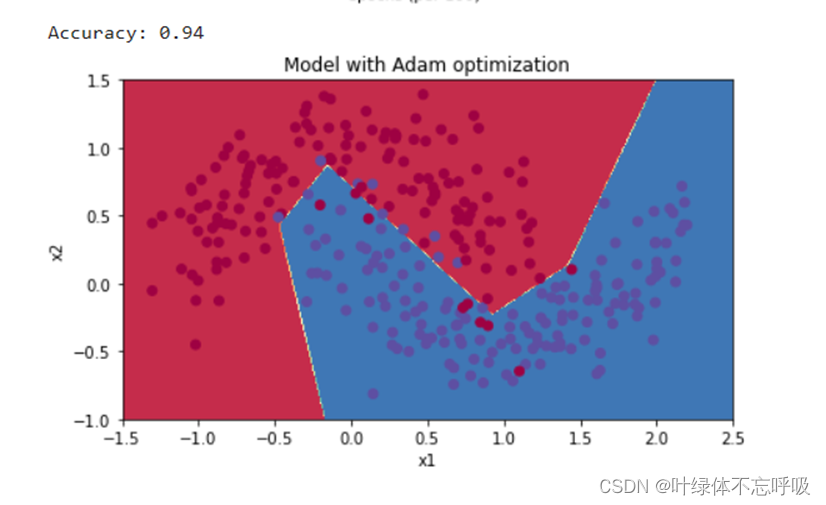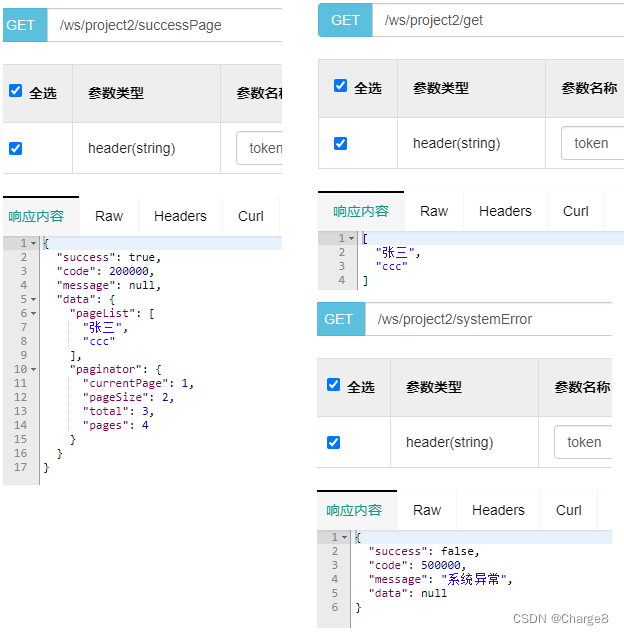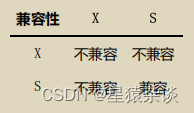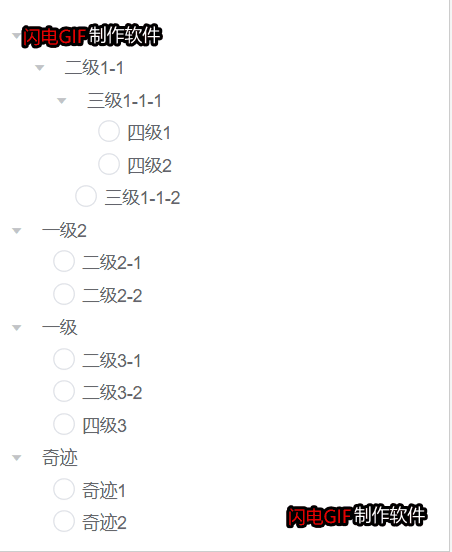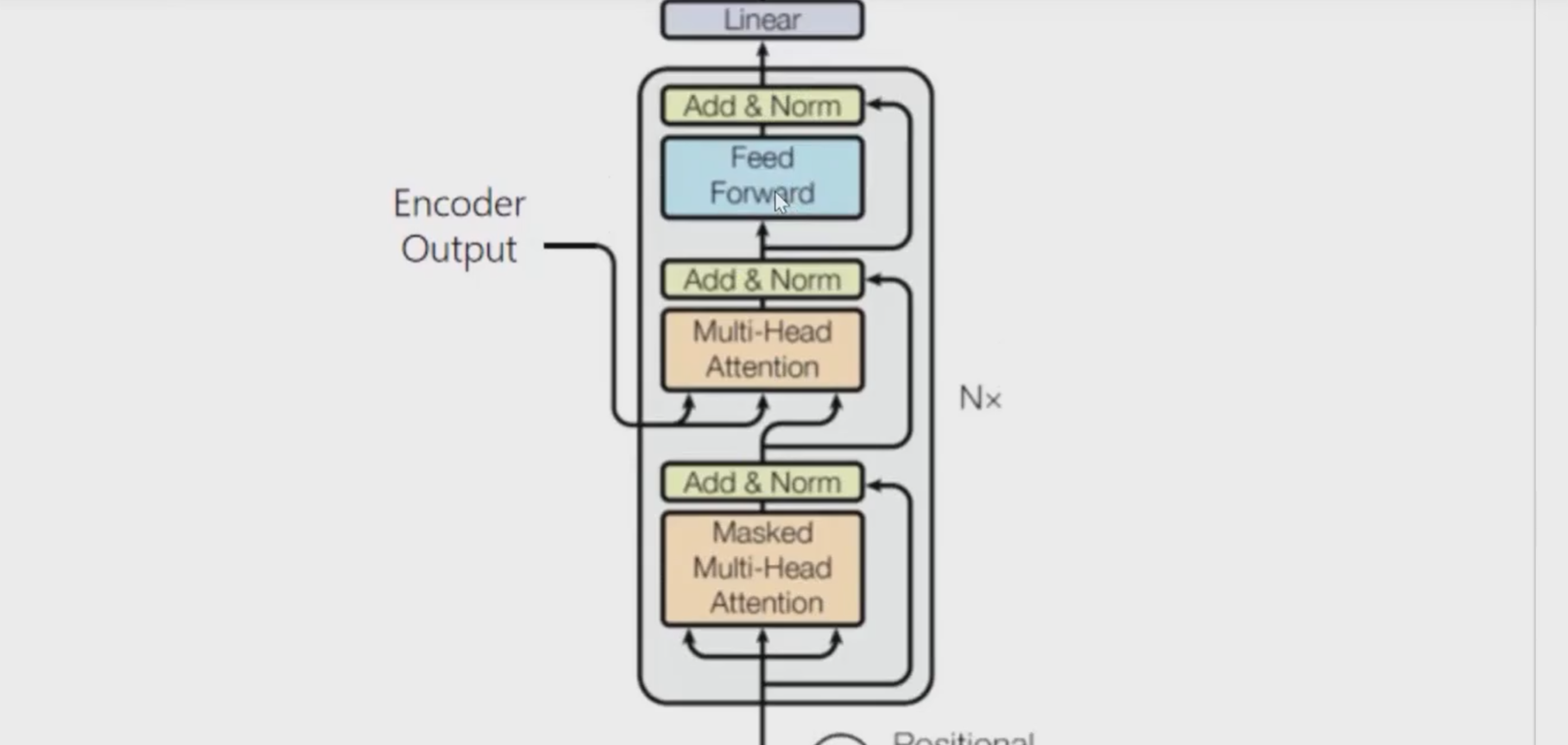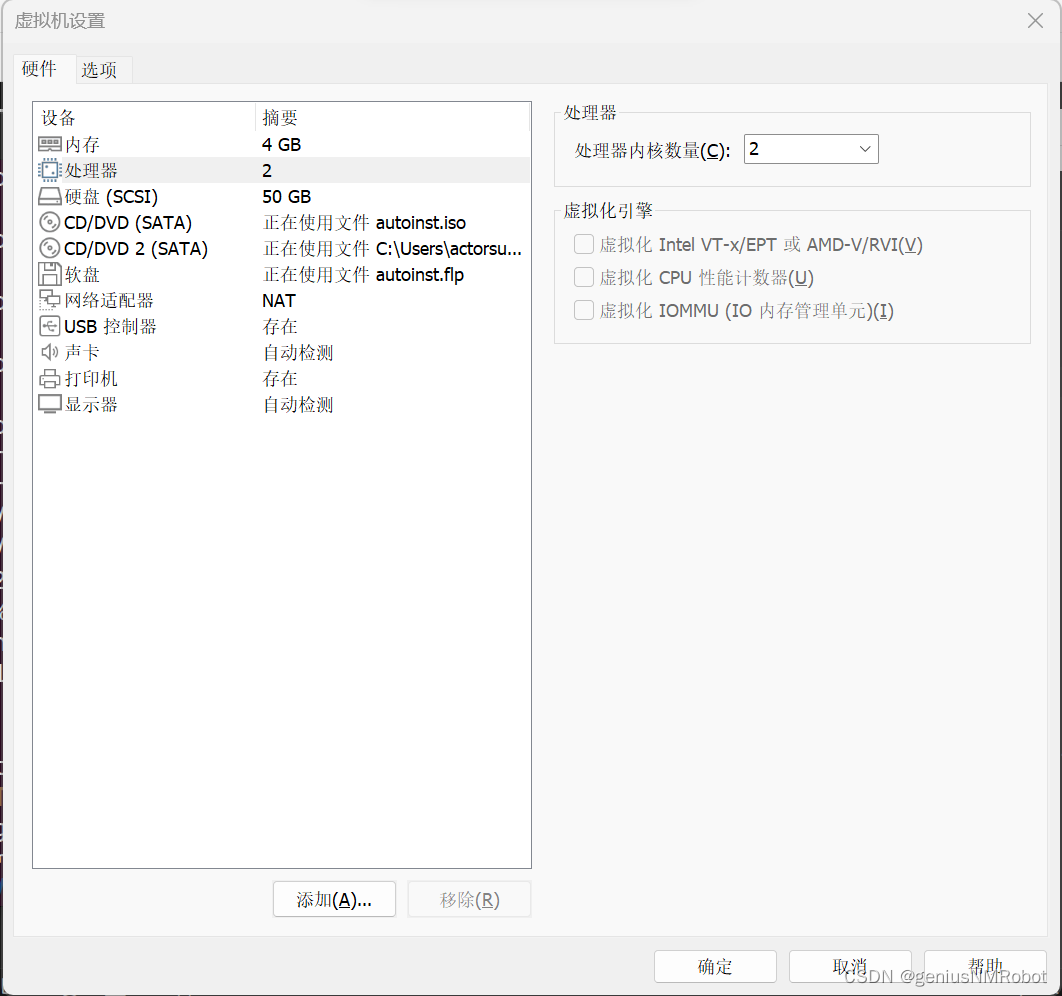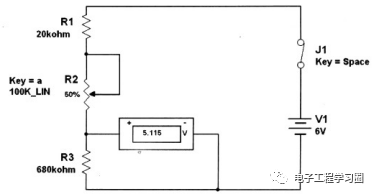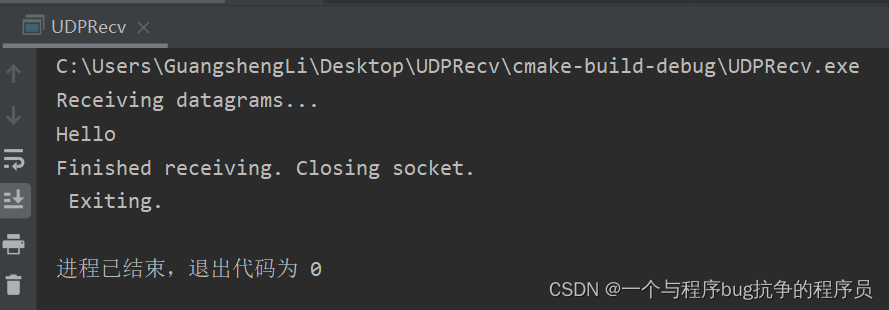
HashMap的数据结构是怎样的?
- ✔️HashMap的数据结构
- ✔️ 数组
- ✔️ 链表
✔️HashMap的数据结构
在Java中,保存数据有两种比较简单的数据结构: 数组和链表(或红黑树)。
HashMap是Java中常用的数据结构,它实现了Map接口。HashMap通过键值对的形式存储数据,其中键是唯一的,而值可以是任何对象。HashMap底层使用数组和链表(或红黑树)来实现。
常用的哈希函数的冲突解决办法中有一种方法叫做链地址法,其实就是将数组和链表组合在一起,发挥了两者的优势,我们可以将其理解为链表的数组。在JDK 1.8之前,HashMap就是通过这种结构来存储数据的。

我们可以从上图看到,左边很明显是个数组,数组的每个成员是一个链表。该数据结构所容纳的所有元素均包含一个指针,用于元素间的链接。我们根据元素的自身特征把元素分配到不同的链表中去,反过来我们也正是通过这些特征找到正确的链表,再从链表中找出正确的元素。其中,根据元素特征计算元素数组下标的方法就是哈希算法,即本文的主角 hash() 函数 (当然,还包括indexOf()函数)。
✔️ 数组
数组:
HashMap使用一个数组来存储键值对。数组的每个元素都是一个桶(bucket),桶中存储着一个链表(LinkedList)或红黑树(TreeMap)。桶的数量可以根据需要动态调整。数组的索引方式采用哈希算法,通过将键的哈希值对数组长度取模来得到对应的桶。
数组的特点是:寻址容易,插入和删除困难。
看一个如何使用数组实现HashMap的代码片段:
public class MyHashMap<K, V> {
// 默认初始容量
private static final int DEFAULT_INITIAL_CAPACITY = 16;
// 默认加载因子
private static final float DEFAULT_LOAD_FACTOR = 0.75f;
// 存储键值对的数组
private Entry<K, V>[] table;
// 当前容量
private int capacity;
// 实际存储的键值对数量
private int size;
public MyHashMap() {
this(DEFAULT_INITIAL_CAPACITY, DEFAULT_LOAD_FACTOR);
}
public MyHashMap(int capacity) {
this(capacity, DEFAULT_LOAD_FACTOR);
}
public MyHashMap(int capacity, float loadFactor) {
this.capacity = capacity;
table = new Entry[capacity];
size = 0;
}
public V put(K key, V value) {
int hash = hash(key);
int index = indexFor(hash, table.length);
Entry<K, V> oldValue = table[index];
if (oldValue == null) {
table[index] = new Entry<>(key, value, null);
size++;
if (size > capacity * loadFactor) {
rehash();
}
} else {
Entry<K, V> newEntry = new Entry<>(key, value, oldValue);
table[index] = newEntry;
}
return oldValue == null ? null : oldValue.value;
}
public V get(K key) {
int hash = hash(key);
int index = indexFor(hash, table.length);
Entry<K, V> entry = table[index];
if (entry != null && Objects.equals(entry.key, key)) {
return entry.value;
} else {
return null;
}
}
public int size() {
return size;
}
private int hash(Object key) {
return Objects.hashCode(key);
}
private int indexFor(int hash, int length) {
return hash % length;
}
private void rehash() {
Entry<K, V>[] oldTable = table;
int oldCapacity = oldTable.length;
int newCapacity = oldCapacity * 2;
Entry<K, V>[] newTable = new Entry[newCapacity];
for (Entry<K, V> oldEntry : oldTable) {
while (oldEntry != null) {
Entry<K, V> next = oldEntry.next;
int hash = hash(oldEntry.key);
int index = indexFor(hash, newCapacity);
oldEntry.next = newTable[index];
newTable[index] = oldEntry;
oldEntry = next;
}
}
table = newTable;
capacity = newCapacity;
}
}
✔️ 链表
链表:当多个键的哈希值映射到同一个桶时,它们会形成一个链表。链表中的每个节点包含一个键值对和指向下一个节点的指针。链表的作用是在插入、删除和查找操作时解决哈希冲突。
链表的特点是: 寻址困难,插入和删除容易
看一个如何使用链表实现HashMap的代码片段,是一个简单的HashMap实现,使用链表来处理哈希冲突:
public class MyHashMap<K, V> {
private static class Entry<K, V> {
K key;
V value;
Entry<K, V> next;
Entry(K key, V value, Entry<K, V> next) {
this.key = key;
this.value = value;
this.next = next;
}
}
private Entry<K, V>[] table;
private int capacity;
private int size;
private float loadFactor;
public MyHashMap(int capacity, float loadFactor) {
if (capacity < 0) throw new IllegalArgumentException("Capacity must be non-negative");
if (loadFactor <= 0 || Float.isNaN(loadFactor)) throw new IllegalArgumentException("Load factor must be positive");
this.capacity = capacity;
this.loadFactor = loadFactor;
table = new Entry[capacity];
size = 0;
}
public V put(K key, V value) {
if (key == null) return null; // HashMaps don't allow null keys
// If size exceeds load factor * capacity, rehash
if (size >= capacity * loadFactor) {
rehash();
}
int hash = hash(key);
int index = indexFor(hash, capacity);
Entry<K, V> entry = table[index];
if (entry == null) {
// No collision, create new entry
table[index] = new Entry<>(key, value, null);
size++;
} else {
// Collision occurred, handle it using chaining
while (entry != null && !entry.key.equals(key)) {
if (entry.next == null) {
// End of chain, insert new entry
entry.next = new Entry<>(key, value, null);
size++;
break;
}
entry = entry.next;
}
// If key already exists, update value
if (entry != null && entry.key.equals(key)) {
V oldValue = entry.value;
entry.value = value;
return oldValue;
}
}
return null; // If key was new or not found
}
public V get(K key) {
if (key == null) return null; // HashMaps don't allow null keys
int hash = hash(key);
int index = indexFor(hash, capacity);
Entry<K, V> entry = table[index];
while (entry != null && !entry.key.equals(key)) {
entry = entry.next;
}
return entry == null ? null : entry.value;
}
private void rehash() {
capacity *= 2;
Entry<K, V>[] oldTable = table;
table = new Entry[capacity];
size = 0;
for (Entry<K, V> entry : oldTable) {
while (entry != null) {
Entry<K, V> next = entry.next;
int hash = hash(entry.key);
int index = indexFor(hash, capacity);
entry.next = table[index];
table[index] = entry;
size++;
entry = next;
}
}
}
private int hash(K key) {
return Math.abs(key.hashCode()) % capacity;
}
private int indexFor(int hash, int length) {
return hash % length;
}
public static void main(String[] args) {
MyHashMap<String, Integer> map = new MyHashMap<>(16, 0.75f);
map.put("one", 1);
map.put("two", 2);
map.put("three", 3);
System.out.println(map.get("one")); // Should print 1
System.out.println(map.get("two")); // Should print 2
System.out.println(map.get("three")); //Should print 3
在JDK 1.8中为了解决因hash冲突导致某个链表长度过长,影响 put 和 get 的效率,引入了红黑树。
关于红黑树,下一篇会作为单独的博文进行更新。


